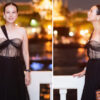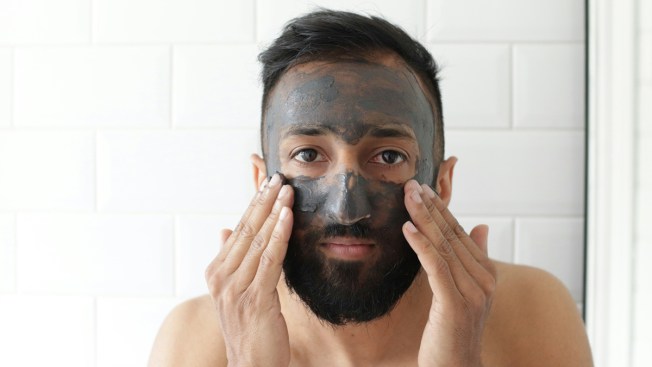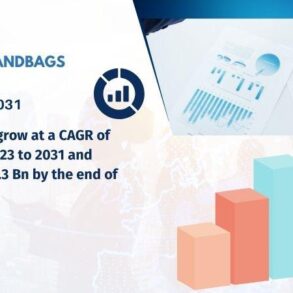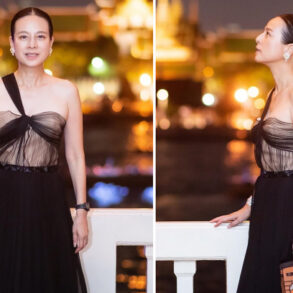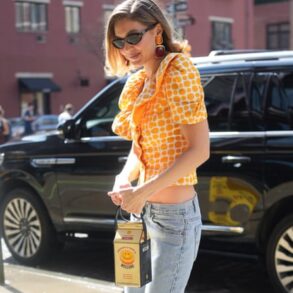This raises the question of how luxury brands like Hermés can effectively protect themselves from having their designs copied or imitated by knockoff brands.
The fake Birkin’s success shows that luxury brands need to safeguard their bag shapes and designs. According to Forbes, Hermès holds trademarks for the Birkin bag, including for its distinctive shape.
While brands have the option to file patents and trademarks, brands should also be participating in social media chatter about the fake versions of their products, said Caila Schwartz, director of consumer strategy and insights at Salesforce.
Schwartz said that handbags were the fastest-growing product category during the holiday season, showing strong performance throughout 2024, according to Salesforce data.
Fashion brands may take a cue from beauty brands
Beauty brands may give an example of how fashion brands should acknowledge cheaper versions of their products.
Beauty brands like e.lf. and MCoBeauty have heavily leaned into developing cheaper versions of high-end products, even making it a big part of their marketing.
“Could we see apparel and handbags start to get in on that where the beauty space already is? I think it’s a potential,” Schwartz said.
Brands like Steve Madden and Mango are already doing this, creating quality copycats of luxury bags at lower prices.
However, this trend is not expected to detract from the genuine shoppers of Hermès.
“The unit economics of creating something high quality at that scale is insane,” Andjelic said.
This post was originally published on this site be sure to check out more of their content.



